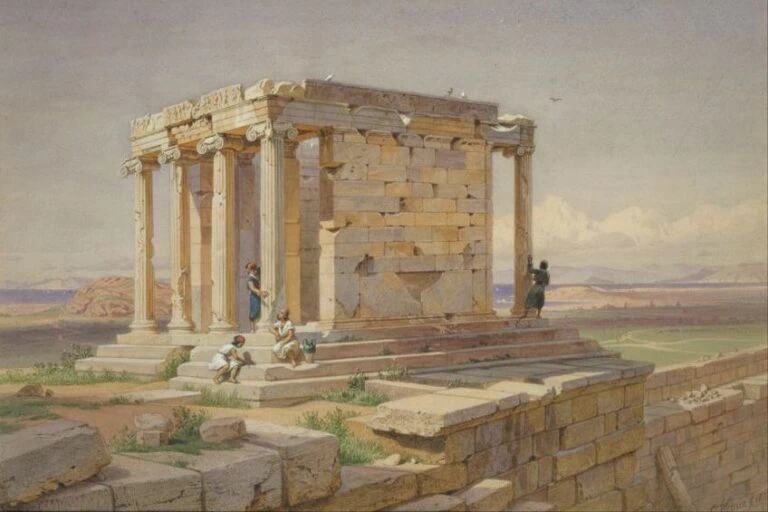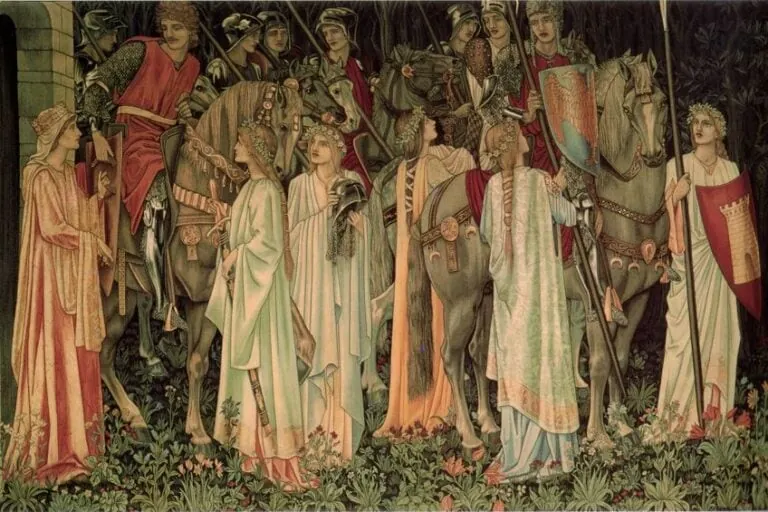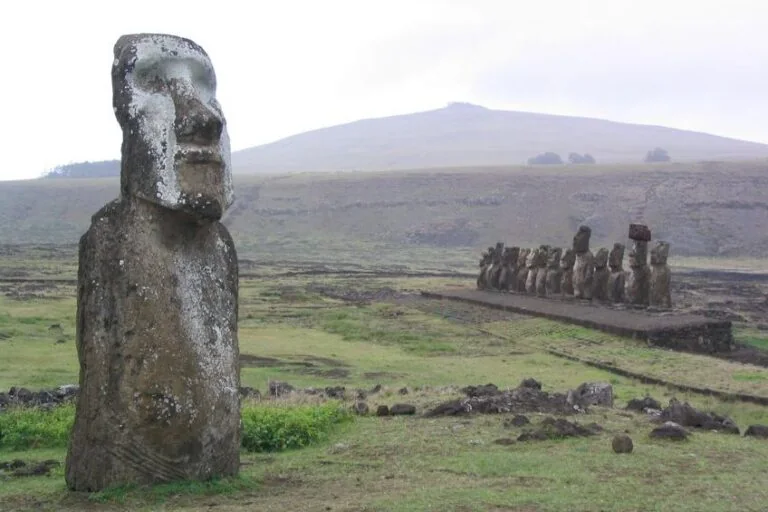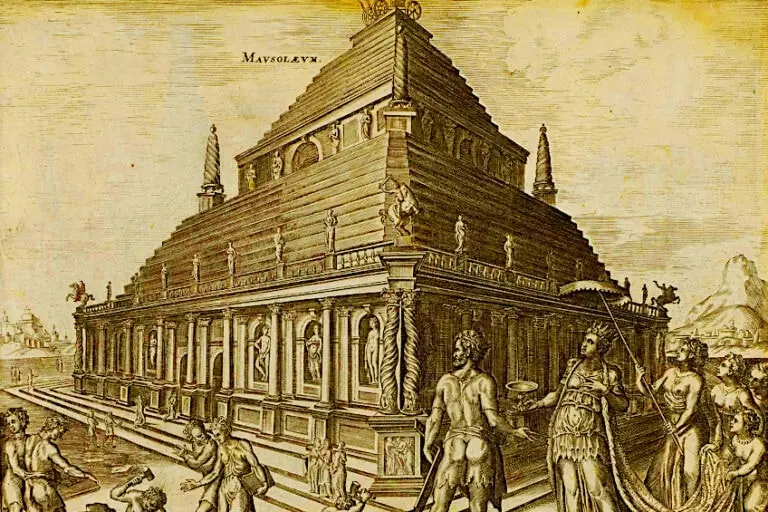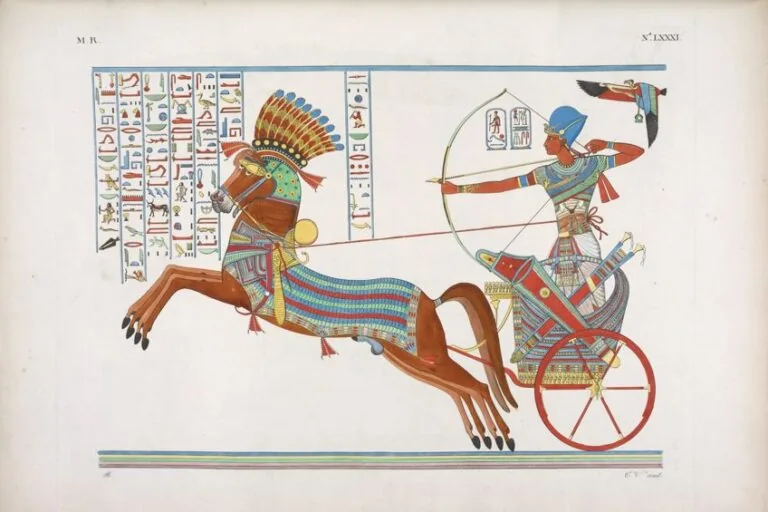Mayan Artifacts – A Deep Dive Into Ancient Mayan Artifacts
The Mayan jaguar symbol was utilized as a representation of divine right by Maya monarchs. The Mayan Jaguar God lived in the Underworld, the realm of the deceased, and every dawn, he transformed into the Sun God and traveled across the sky to the west, where he sank back into the Underworld. To keep the cycle of day and night going, kings undertook ceremonies to placate the gods, using ancient Mayan artifacts. During the Classic period, Mayans developed a complex artistic heritage, producing Mayan relics such as carved stonework, painted Mayan pottery, clay Mayan statues, and bark books containing paintings and hieroglyphic text.
Contents
- 1 Exploring the Most Interesting Ancient Mayan Artifacts
- 1.1 The Stelae of Quiriguá (c. 420 – 800 AD) – Izabal, Guatemala
- 1.2 Spouted Jar (1st Century AD) – Guatemala
- 1.3 The Heads of the Lords of Xibalba (c. 950 AD) – Nakum, Guatemala
- 1.4 Deity Figure (3rd – 6th Centuries) – Santa Rita, Honduras
- 1.5 Whistling Vessel (5th Century) – Guatemala
- 1.6 Censer, Seated King (4th Century) – Guatemala
- 1.7 Head Pendant (6th – 9th Centuries) – Mexico
- 1.8 Mirror Bearer (6th Century) – Guatemala
- 1.9 The Funerary Mask of the Red Queen (672 AD) – Chiapas, Mexico
- 1.10 Costumed Figure (7th – 8th Centuries) – Mexico
- 2 Frequently Asked Questions
Exploring the Most Interesting Ancient Mayan Artifacts
Maya ceramic artisans were privileged members with advanced education. They decorated their ceramics with depictions of rituals, mythology, geometric designs, and hieroglyphs using slip paint, a combination of finely crushed pigment, and clay. Mayan pottery was utilized for dinnerware, coinage, status insignia, and tributes to the deceased. Clay pots were also used to prepare and store food. Many Maya people still practice the ancient faith in their original homeland, which includes five Mesoamerican countries: Guatemala, Mexico, Honduras, Belize, and El Salvador.
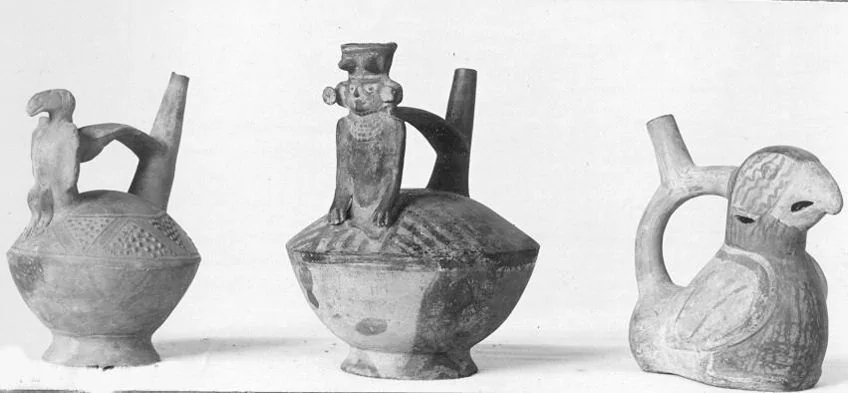 Whistling Jar (c. 200BC-600AD);Metropolitan Museum of Art, CC0, via Wikimedia Commons
Whistling Jar (c. 200BC-600AD);Metropolitan Museum of Art, CC0, via Wikimedia Commons
The Stelae of Quiriguá (c. 420 – 800 AD) – Izabal, Guatemala
| Artist | Mayan craftsmen |
| Date Completed | c. 420 – 800 AD |
| Medium | Sandstone |
| Current Location | Archeological Park and Ruins of Quiriquá, Guatemala |
While the notion of creating stelae was prevalent among the Maya, it reached a considerably greater height in Quirigua, where they created the greatest monuments in Mesoamerica. The Stelae of Quiriguá, like other Mayan stelae, are encoded with information, and practically every inch of these gigantic monuments is inscribed with small bits of knowledge. While most of this data is clearly inscribed on the sidewalls of the stelae in hieroglyphs, the Lord’s regalia depicted on the stelae is frequently encoded with even more information.
Everything from their headdress’s feathers and embellishments to their boots and even the way their feet are placed is an aesthetic device meant to be interpreted like letters in a book.
It is also worth noting that statues were destroyed when the city was abandoned, with special emphasis placed on smashing the nose off – an act that was perpetuated across Mesoamerica. This is supposed to be indicative of a belief that the sculptures were infused with the vital force of the person they depicted and that the essence of a live person resided in the nose – an interesting fact is that this idea was also prevalent in Asia.
Spouted Jar (1st Century AD) – Guatemala
| Artist | Mayan craftsmen |
| Date Completed | 1st century AD |
| Medium | Indurated limestone |
| Current Location | Metropolitan Museum |
This spouted jug is one of the most finely crafted stone vessels in the Maya art repertoire. Its shape, with the vertical spout aligned to the main chamber’s center axis, has been known since the late first millennium BC and is particularly associated with chocolate ingestion. The ancient Maya would blow air into the spout, causing a froth to form on the top of the chocolate beverage.
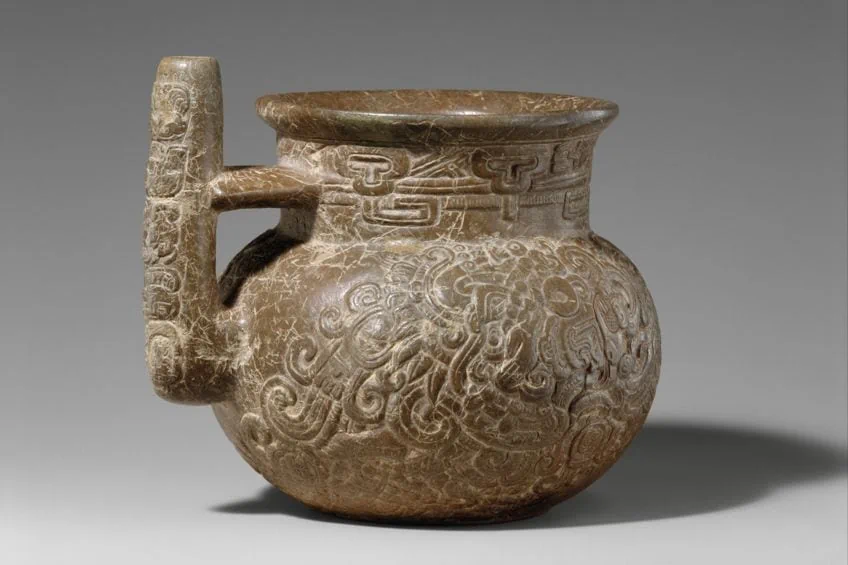 Spouted Jar (c. 1st Century);Metropolitan Museum of Art, CC0, via Wikimedia Commons
Spouted Jar (c. 1st Century);Metropolitan Museum of Art, CC0, via Wikimedia Commons
The vase, sculpted from indurated limestone, is an uncommon specimen of a spouted container in stone. The vessel’s neck features a “sky-band,” a Mayan art motif suggesting a celestial position, with t-shaped hieroglyphs interpreted as “wind” split by diagonal lines. Ornate gods float in smoky volutes on each side of the spout on the vessel’s body. The uniqueness of these characters stands in stark contrast to the repetitious abstractions of the sky band rim ornamentation.
The Heads of the Lords of Xibalba (c. 950 AD) – Nakum, Guatemala
| Artist | Mayan craftsmen |
| Date Completed | c. 950 AD |
| Medium | Ceramic |
| Current Location | Penn Museum, United States |
Archaeologists began excavating an old Mayan archeological site at Nakum, Guatemala, in 2007. Due to the existence of drug lords in the region, which made it hazardous for archeological teams to visit, the site had traditionally not been prioritized. A crew was ultimately capable of carrying out an expedition with the help of the Guatemalan government. Despite the plundering, they discovered a startling quantity of ancient Mayan artifacts. One of the more intriguing finds was a group of nine clay heads. The Naturalist-style heads were considered to symbolize the nine Mayan deities that reigned over one of the Mayan underworld’s nine levels.
These nine clay skulls were discovered after the Mayan Classical Period had begun to decline.
Deity Figure (3rd – 6th Centuries) – Santa Rita, Honduras
| Artist | Mayan craftsmen |
| Date Completed | 3rd – 6th centuries |
| Medium | Jade |
| Current Location | Metropolitan Museum, New York |
This jade statue represents a cross-legged individual with his arms folded inward towards his body and hands curved into a “crab-claw” pose, as Maya academics refer to it. This stance appears so frequently in Early Classic-era Maya art that it is regarded as a distinguishing trait of the period. Although the figure’s body is humanoid, the face is that of the Principal Bird Deity, a magical avian.
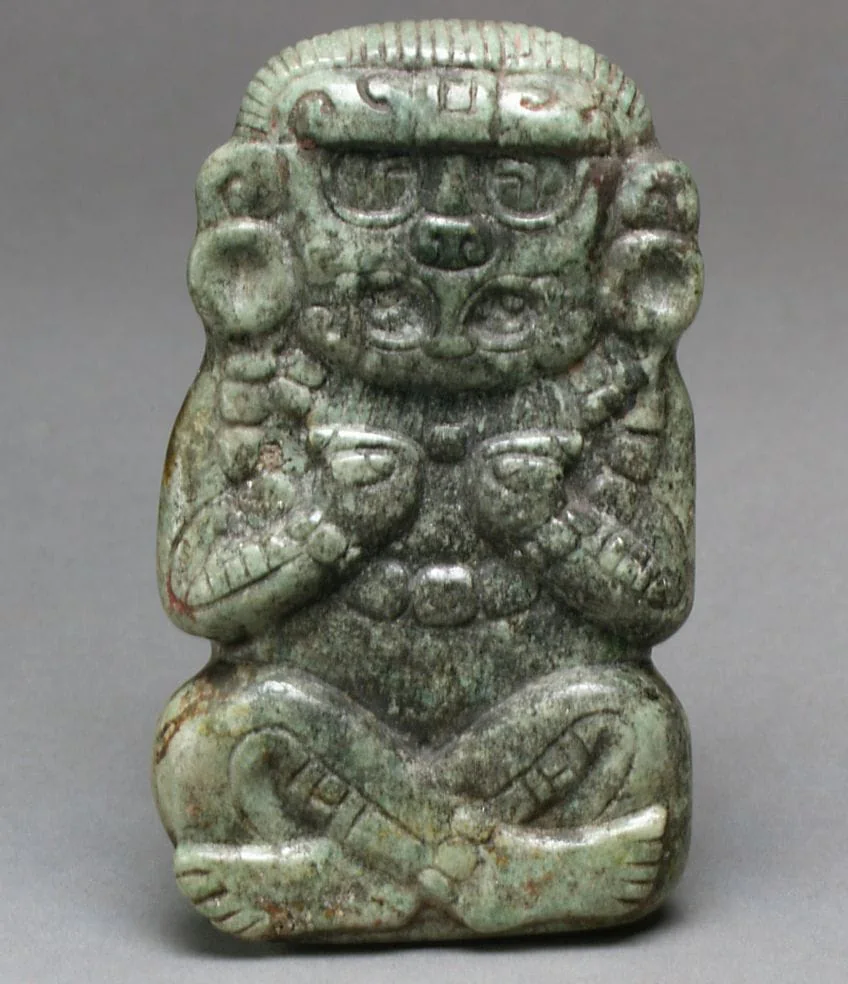 Deity Figure (c. 3rd-6th Century);Metropolitan Museum of Art, CC0, via Wikimedia Commons
Deity Figure (c. 3rd-6th Century);Metropolitan Museum of Art, CC0, via Wikimedia Commons
The figurine portrays either an anthropomorphic form of the Bird Deity or a human donning a Bird Deity mask. The figure is presented with crossed eyes and squared pupils. In Maya art, these eyes are used to indicate that these radiant, and dazzling creatures were supernatural. In a frontal view, the nose rests above a beak that has been squashed inward against the face. This beak has a characteristic bracket form in profile photos and is commonly represented with a lower and upper tooth inside it.
Whistling Vessel (5th Century) – Guatemala
| Artist | Mayan craftsmen |
| Date Completed | 5th century |
| Medium | Ceramic |
| Current Location | Metropolitan Museum, New York |
On the lids and body of this ritual drinking vessel, a master Mayan pottery producer designed a vignette with three figures. The vessel’s basic shape is made up of two similar cylinder chambers joined by a middle-hollowed bridge, each of which is supported by two square slab feet. This Mayan pottery type originates from what is now northern Guatemala and is distinguished by a very fine gray or red paste burned with a reddish clay slip. In the 5th and 6th centuries, Mayan artists who focused on this blackware type achieved amazing accomplishments in gouged and etched motifs, frequently on extremely thin walls or lids. The enormous caruncle and beak of the bird emerge from its open mouth, which links to the vessel’s internal chamber. A stylized double-headed snake descends from the beak.
The eyes of the bird are squared and have an L-shaped pupil, a tradition utilized by Maya painters to show deities with magical vision.
Censer, Seated King (4th Century) – Guatemala
| Artist | Mayan craftsmen |
| Date Completed | 4th century |
| Medium | Ceramic |
| Current Location | The Metropolitan Museum, New York |
This commanding incense burner represents a Maya emperor dressed in a massive, extravagant headdress and jewelry ensemble. The person sits with his legs crossed on top of a hemispherical dome, holding a collection of ceremonial objects in front of him, such as a round plaque that may be a mirror.
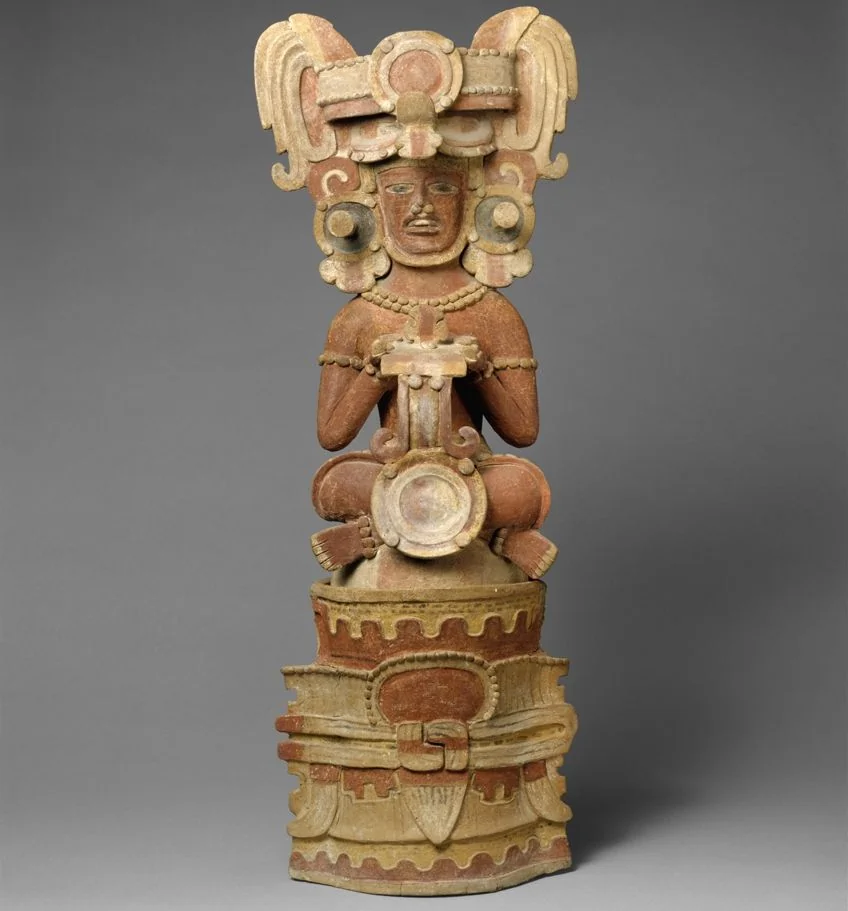 Censer, Seated King (c. 4th Century);Metropolitan Museum of Art, CC0, via Wikimedia Commons
Censer, Seated King (c. 4th Century);Metropolitan Museum of Art, CC0, via Wikimedia Commons
The biceps, ankles, nose, and shoulders of the figure are decorated with jade beads in the shape of circular appliques that were formerly painted green-blue. The main chamber of the censer below features a stylized succession of carved and painted motifs, such as a beaded medallion, jaguar pelts, and what seems to be a shark tooth and wolf teeth. The sitting figure might be an Early Classic Maya king. There are at least four more similar incense burners, one of which has a hieroglyphic inscription located on the front of the headpiece.
Head Pendant (6th – 9th Centuries) – Mexico
| Artist | Mayan craftsmen |
| Date Completed | 6th – 9th centuries |
| Medium | Jade |
| Current Location | Metropolitan Museum, New York |
This triangle pendant was crafted by a Maya sculptor from a huge core of vivid apple-green jadeite unearthed or discovered as a river cobble in what is now Guatemala. It displays a human face in the top section wearing a zoomorphic headpiece, while the lower portion may correspond to the nose of a crocodile as seen from overhead; observe the protruding nostrils immediately below the jaw of the face. The beast in the headdress’ jaws frames the figure’s rounded, representational face, and the person wears round decorated ear flares.
The incredibly hard jadeite was sculpted by the artist using stone blades by incisions, polishing, and the application of micro-drills with an abrasive and bonding agent.
Mirror Bearer (6th Century) – Guatemala
| Artist | Mayan craftsmen |
| Date Completed | 6th century |
| Medium | Wood, red hematite |
| Current Location | Metropolitan Museum, New York |
This figure is the best-preserved specimen of transportable wooden Mayan statues and one of the glories of Maya art from the Early Classic era. The artisan carved this figure from a single mass of Cordia hardwood, also known locally as bocote. The wood was radiocarbon dated 1,425 years before the present, putting it between 410 and 650 AD.
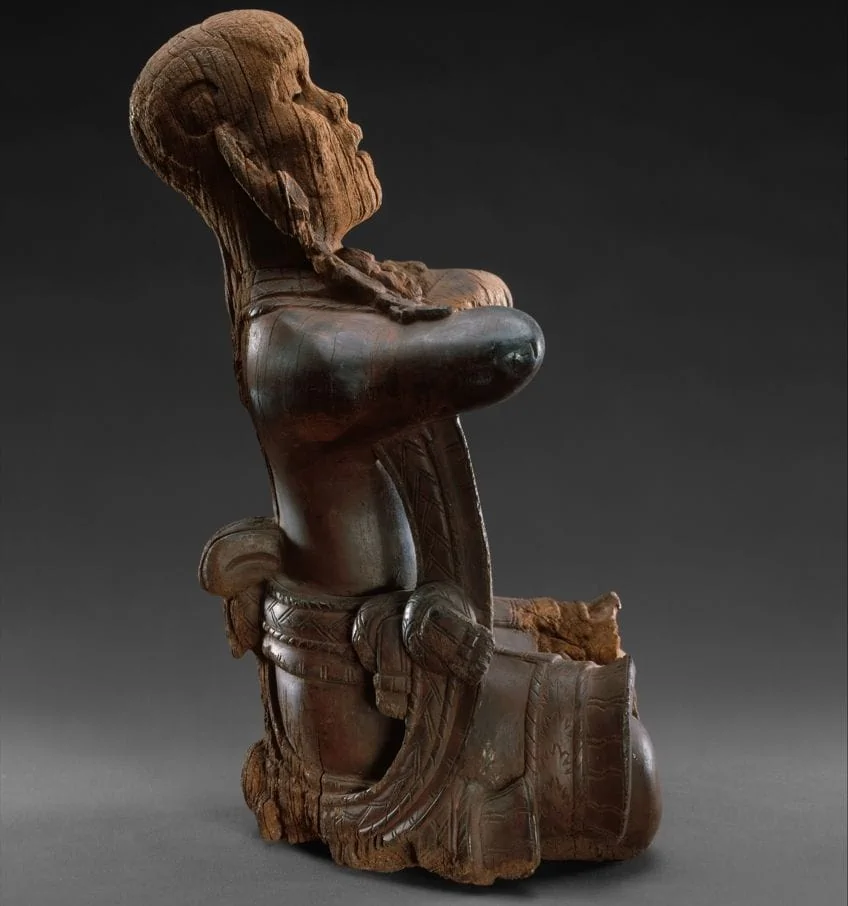 Mirror Bearer (c. 6th Century); Metropolitan Museum of Art, CC0, via Wikimedia Commons
Mirror Bearer (c. 6th Century); Metropolitan Museum of Art, CC0, via Wikimedia Commons
It was claimed to have originated around the border between Guatemala and Mexico. Based on its exceptional preservation, the find site was most likely a dry cave or well-sealed funeral chamber. The individual is dressed in an ornate woven skirt with knots that hide his navel. The skirt’s waistline is knotted and fringed, with round rosettes on the waist. The skirt’s hem has an irregular starburst design framed above by a twisting plait and below by a flared fringe.
The Funerary Mask of the Red Queen (672 AD) – Chiapas, Mexico
| Artist | Mayan craftsmen |
| Date Completed | 672 AD |
| Medium | Malachite |
| Current Location | Museo de Sitio de Palenque, Mexico |
Lady Tz’akbu Ajaw’s funeral assemblage, called the Red Queen because she was discovered draped in cinnabar, is one of the greatest known tombs of a female Mayan ruler. Her sarcophagus was found in Temple XIII, where her husband, K’inich Janaab Pakal I, was buried; her malachite burial mask resembled his jadeite one. She also donned a headpiece with shell eyes and teeth, maybe signifying a god, and a colorful beaded collar. A Spondylus shell with a limestone figure within most likely depicts a dedicatory offering made when the ruler was interred. Body painting was a popular Maya art style that was utilized for ceremonies as well as to state one’s position.
Archeologists were astounded by her tomb’s abundance of exquisite Mayan relics.
Costumed Figure (7th – 8th Centuries) – Mexico
| Artist | Mayan craftsmen |
| Date Completed | 7th – 8th centuries |
| Medium | Ceramic |
| Current Location | Metropolitan Museum, New York |
A standing person wears a long, patterned bodysuit and a conical headpiece in this clay figure. He has his lips wide as if conversing, and an adornment between his eyes. Inscribed lines on his cheeks might be wrinkles, showing that he is a mature man. Above the bodysuit, he wears a loincloth and a belt, in addition to a ruffled collar and enormous spherical ear flares, or decorations placed in the earlobes.
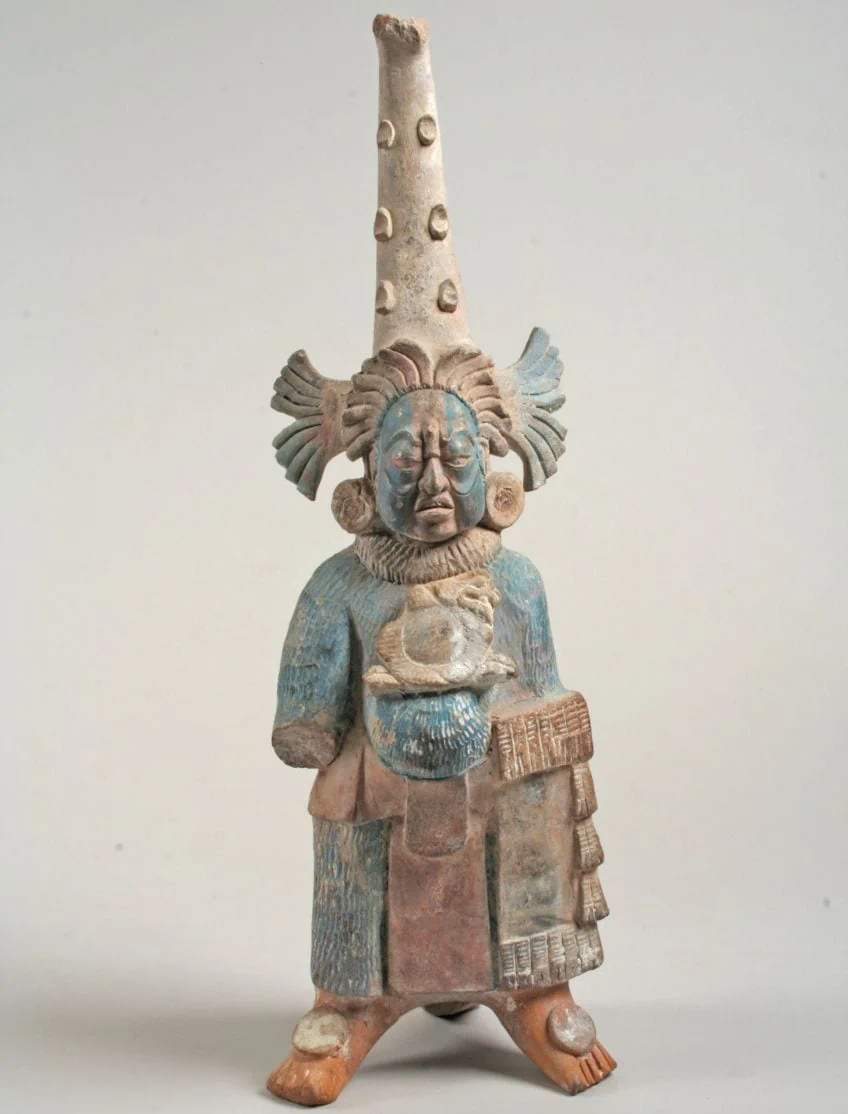 Costumed Figure (c.7th-8th Century);Metropolitan Museum of Art, CC0, via Wikimedia Commons
Costumed Figure (c.7th-8th Century);Metropolitan Museum of Art, CC0, via Wikimedia Commons
His pectoral is made up of a huge spherical part with a zoomorphic face peeking out from the upper right corner. He holds a rectangle shield in his left hand, which is decorated with motifs that resemble feathers. The figurine’s right arm is fractured at the elbow. This figurine was made from a mold, with individual characteristics added by hand.
And with that, we wrap up our list of ancient Mayan artifacts. These Mayan relics reveal a group of people that were likely more civilized and technically capable than one might first assume. Thanks to the Mayan statues and Mayan pottery that they have left behind, we are able to at least get a small glimpse into the incredible world and era.
Frequently Asked Questions
Who Were the Maya People?
While the beginnings of Maya culture are unknown, it is considered to have arisen between 7000 and 2000 BC., when nomadic hunter-gatherers discarded their nomadic ways and established more permanent settlements. According to recent research, the original settlers traveled from South America and presumably created their primary food, maize, about 4000 BC. Maize cultivation transformed the Mayans’ trajectory tremendously, literally propelling the expansion of their civilization and culture.
What Was the Mayan Jaguar Symbol For?
The archaeological record demonstrates the jaguar’s integration into the holy and secular domains of the Maya peoples. The Maya were a literary people who left evidence of their lives and beliefs in the form of bas-relief art on temples, stelae, and ceramics. The Mayan Jaguar gods are frequently portrayed on these objects, and it is no surprise that these gods frequently have jaguar traits.

I am deeply passionate about history and am constantly fascinated by the rich and complex stories of the past. As the editor-in-chief of learning-history.com, I have the opportunity to share this passion with a wide audience through the creation and distribution of engaging and informative content about historical events, persons, and cultures. Whether it’s through writing articles and blog posts or creating videos or podcasts, I strive to bring the past to life in a way that is both accurate and enjoyable. My expertise in history, combined with my strong writing and communication skills, allows me to effectively communicate complex historical concepts and make them accessible and interesting to a wide range of readers. I am truly grateful for the opportunity to share my love of history with others through my work on learning-history.com.


